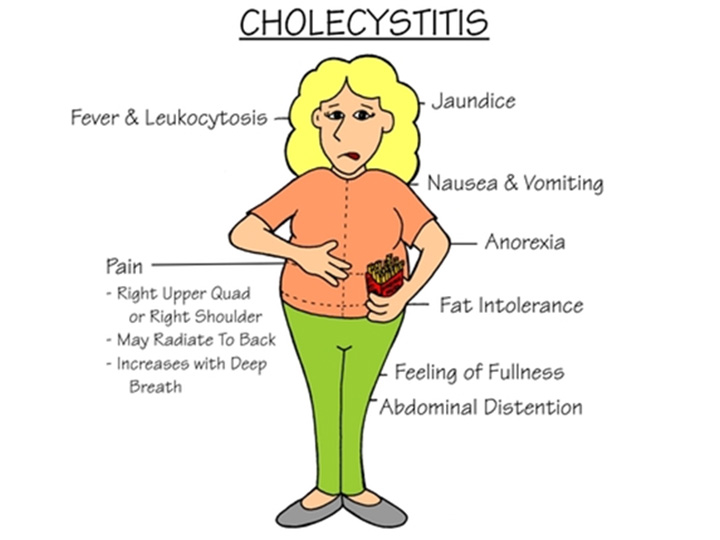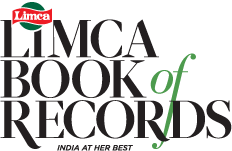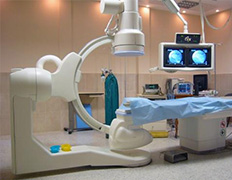Cholecystitis
What is cholecystitis?
Cholecystitis is inflammation of the gallbladder, a small organ near the liver that plays a part in digesting food. Normally, fluid called bile passes out of the gallbladder on its way to the small intestine. If the flow of bile is blocked, it builds up inside the gallbladder, causing swelling, pain, and possible infection.
What causes cholecystitis?
A gallstone stuck in the cystic duct , a tube that carries bile from the gallbladder, is most often the cause of sudden (acute) cholecystitis. The gallstone blocks fluid from passing out of the gallbladder. This results in an irritated and swollen gallbladder. Infection or trauma, such as an injury from a car accident, can also cause cholecystitis.
Acute acalculous cholecystitis, though rare, is most often seen in critically ill people in hospital intensive care units. In these cases there are no gallstones. Complications from another severe illness, such as HIV or diabetes, cause the swelling.
Long-term (chronic) cholecystitis is another form of cholecystitis. It occurs when the gallbladder remains swollen over time, causing the walls of the gallbladder to become thick and hard.
 What are the symptoms?
What are the symptoms?
The most common symptom of cholecystitis is pain in your upper right abdomen that can sometimes move around to your back or right shoulder blade. Other symptoms include:
- Nausea or vomiting.
- Tenderness in the right abdomen.
- Fever.
- Pain that gets worse during a deep breath.
- Pain for more than 6 hours, particularly after meals.
Older people may not have fever or pain. Their only symptom may be a tender area in the abdomen.
How is cholecystitis diagnosed?
Diagnosing cholecystitis starts when you describe your symptoms to your doctor. Next is a physical exam. Your doctor will carefully feel your right upper abdomen to look for tenderness. You may have blood drawn and an ultrasound, a test that uses sound waves to create a picture of your gallbladder. Ultrasound may show gallstones, thickening of the gallbladder wall, extra fluid, and other signs of cholecystitis. This test also allows doctors to check the size and shape of your gallbladder.
You could also have a gallbladder scan, a nuclear scanning test that checks how well your gallbladder is working. It can also help find blockage in the tubes (bile ducts) that lead from the liver to the gallbladder and small intestine (duodenum).
How is it treated?
Treatment for cholecystitis will depend on your symptoms and your general health. People who have gallstones but don’t have any symptoms may need no treatment. For mild cases, treatment includes bowel rest, fluids and antibiotics given through a vein, and pain medicine.
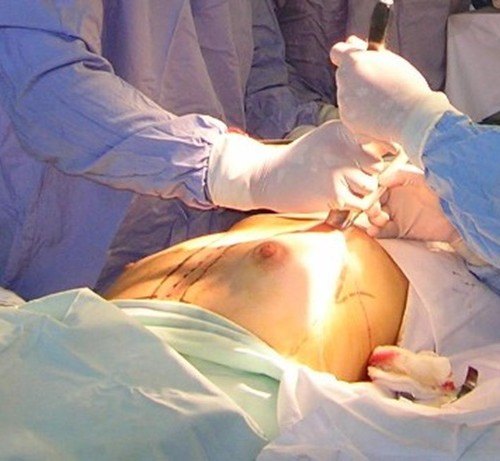 The main treatment for acute cholecystitis is surgery to remove the gallbladder (cholecystectomy). Often this surgery can be done through small incisions in the abdomen (laparoscopic cholecystectomy), but sometimes it requires a more extensive operation. Your doctor may try to reduce swelling and irritation in the gallbladder before removing it. Sometimes acute cholecystitis is caused by one or more gallstones getting stuck in the main tube leading to the intestine, called the common bile duct. Treatment may involve an endoscopic procedure (endoscopic retrograde cholangiopancreatography, or ERCP) to remove the stones in the common bile duct before the gallbladder is removed.
The main treatment for acute cholecystitis is surgery to remove the gallbladder (cholecystectomy). Often this surgery can be done through small incisions in the abdomen (laparoscopic cholecystectomy), but sometimes it requires a more extensive operation. Your doctor may try to reduce swelling and irritation in the gallbladder before removing it. Sometimes acute cholecystitis is caused by one or more gallstones getting stuck in the main tube leading to the intestine, called the common bile duct. Treatment may involve an endoscopic procedure (endoscopic retrograde cholangiopancreatography, or ERCP) to remove the stones in the common bile duct before the gallbladder is removed.
In rare cases of chronic cholecystitis, you may also receive medicine that dissolves gallstones over a period of time.
Our Expertise in Medical Services
Rana Hospital was started with a dream of providing the best facilities for Piles, Fissures, Fistula and all Anorectal problems.

Mon to Sat:
8:30 AM – 1:30 PM
4:00 PM – 6:30 PM
Mon to Sat:
9:00 AM – 1:30 PM
4:00 PM – 6:30 PM
Make an Appointment
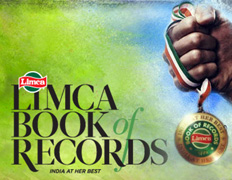 Accreditation & Awards
Accreditation & Awards
The Hospital organized a free checkup camp for PILES on 24th October 2013 in which 717 patients from all over India were examined. It was followed by one day free operation camp on 27th October 2013. Dr Suri single-handedly performed 391 free surgeries in 8 hours & 45 minutes setting a World Record.


